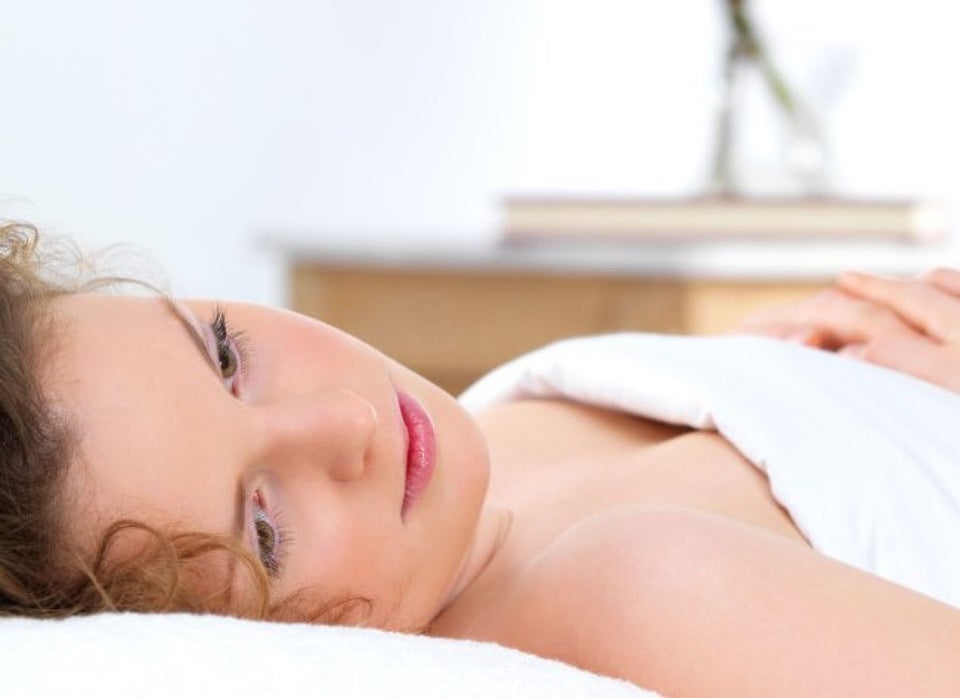
Singer Katherine Jenkins sleeps with her eyes open because of a condition called nocturnal lagophthalmos, according to news reports.
"My eyes don't close properly -- they are always at least half open -- and when I go to sleep I look like I’m still awake," the 33-year-old told The Telegraph.
Lagophthalmos is a condition where a person is unable to fully close his or her eyelids, while nocturnal lagophthalmos is when the eyelids cannot be fully closed during sleep. The inability to fully close the eyelids can lead to eye irritation, as proper eye closing and blinking function are needed for the eye's tear film and cornea to stay healthy, according to the American Academy of Ophthalmology's EyeNet Magazine.
Most often, people with lagophthalmos will experience an increase in tearing, as well as pain in the mornings because of eye dryness, according to EyeNet. The U.S. Vision Center of Excellence also reported that a "foreign body sensation" may be experienced by people with the condition because of a breakdown of the cornea.
Nearsightedness, stroke or Bell's palsy, muscle weakness, and conditions that lead to ocular surface scarring are all potential risk factors for nocturnal lagophthalmos, according to the Vision Center of Excellence.
Treatments for the condition depend on the cause, according to a 2009 article on the topic published in the International Journal of Gerontology. Potential treatments include applying topical agents, surgery and taping the lids down at night. Doctors may also recommend applying artificial tears several times throughout the day, as well as ointments to the cornea at night, according to EyeNet. Other treatment methods include implanting gold weights into the upper eyelid to weigh down the eyelid, and wearing eye masks that apply pressure, the Vision Center of Excellence reported.
